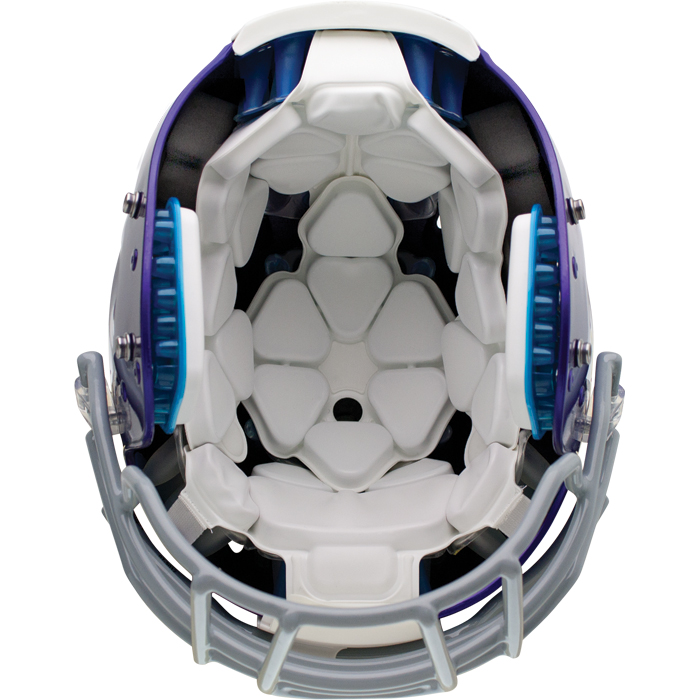When ZF first studied the idea of an "external side airbag," it found that reducing the intrusion of one car into the other by a bit more than an inch could seriously improve the chances of passengers avoiding serious injury or death.
https://www.wired.com/story/zf-exte...&utm_brand=wired&utm_mailing=WIRED NL 113018 (1)&utm_medium=email&utm_source=nl
![Image]()
"This is now possible," says Norbert Kagerer, ZF's engineering chief for passive safety systems. And it's possible thanks to the recent proliferation of sensors like cameras, radars, ultrasonics, and lidars, which detect vehicles and objects in the environment. If they see something coming for them at a given speed, the car's computer can determine if a crash is imminent and unavoidable. Today's last-minute mitigation options include tightening the seat belts and automatically closing the windows.
Some Mercedes models play a loud static sound just before impact, triggering a reflex that protects the ear against the much louder, impending crunch. The new Audi A8 will adjust its suspension so the crash hits a lower, stronger part of the vehicle.
https://www.wired.com/story/zf-exte...&utm_brand=wired&utm_mailing=WIRED NL 113018 (1)&utm_medium=email&utm_source=nl

"This is now possible," says Norbert Kagerer, ZF's engineering chief for passive safety systems. And it's possible thanks to the recent proliferation of sensors like cameras, radars, ultrasonics, and lidars, which detect vehicles and objects in the environment. If they see something coming for them at a given speed, the car's computer can determine if a crash is imminent and unavoidable. Today's last-minute mitigation options include tightening the seat belts and automatically closing the windows.
Some Mercedes models play a loud static sound just before impact, triggering a reflex that protects the ear against the much louder, impending crunch. The new Audi A8 will adjust its suspension so the crash hits a lower, stronger part of the vehicle.








